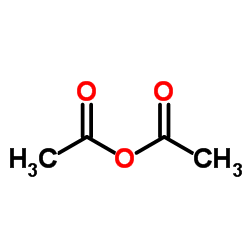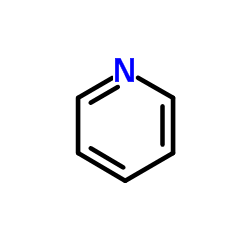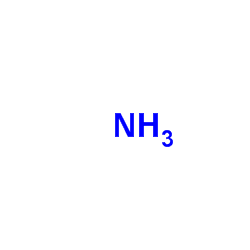| Structure | Name/CAS No. | Articles |
|---|---|---|
 |
Sodium hydroxide
CAS:1310-73-2 |
|
 |
sodium persulfate
CAS:7775-27-1 |
|
 |
Potassium hydroxide
CAS:1310-58-3 |
|
 |
Ethanoic anhydride
CAS:108-24-7 |
|
 |
3-Ethyl-2,4-pentanedione
CAS:1540-34-7 |
|
 |
Pyridine
CAS:110-86-1 |
|
 |
carbon black
CAS:1333-86-4 |
|
 |
Ammonia
CAS:7664-41-7 |
|
 |
METHANE
CAS:74-82-8 |
|
 |
AMMONIA (14N)
CAS:1026405-88-8 |